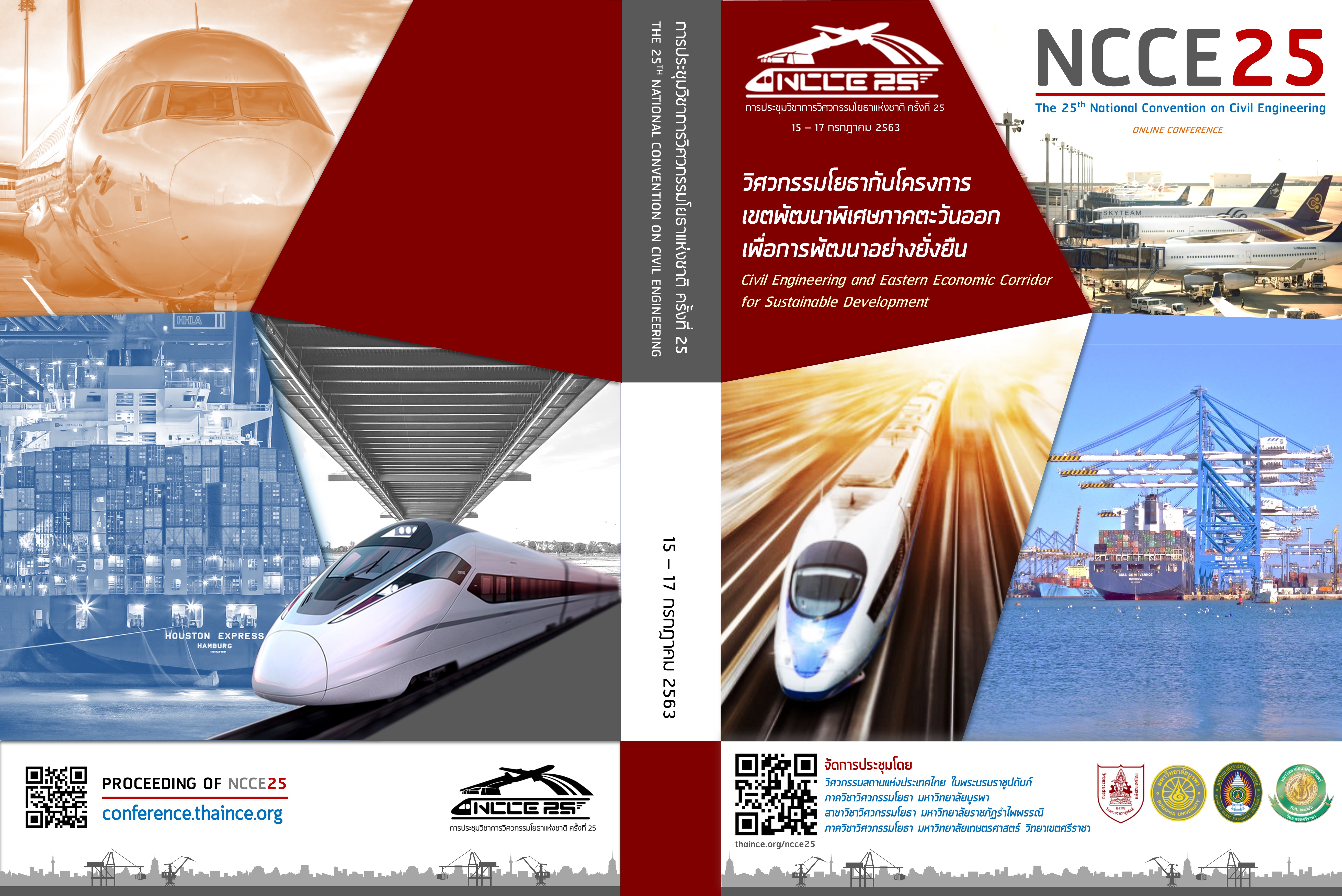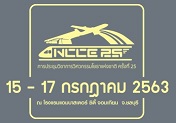A study of sustainable construction waste management
Keywords:
Waste management, Construction site, Construction waste, Value added, SustainableAbstract
At present, there are many expansions of construction projects. Each step of the construction process creates a lot of waste that is difficult to eliminate. Nevertheless, waste from the construction process, can be imported into the 3R process to Reduction, Reuse and Recycle. Therefore, studies of waste management practices in construction sites are appropriate and sustainable Therefore, studies of appropriate and sustainable waste management practices in construction sites. Collection of waste that occurred in the construction of a 2-storey townhouse project (the area about 75 square meter/house), it was found the waste is divided into 2 parts. Waste arising from work, including concrete, stone, soil, sand, steel, tiles, and wood, accounting for 11.4% of the total waste generated. Another part, waste from packaging materials, such as metal cans, paint buckets, plastic bags, cement bags, paper cartons, and wood pallets, accounting for 88.6% of the total waste generated. Packaging materials can create value added by being able to sell to the company to buy packaging for re-processing. As a result, the revenue from the sale of packaging is approximately 1,341-1,839 baht per 2-storey townhouse with 1 house and there is no waste disposal cost. The wood pallets, that are made from work can be reused and processed into furniture. Scrap metal, that has been planned for proper use, it is to reduce the amount of waste from the source and the remainder can still be sold to generate income. For concrete, stone, soil, sand and tiles, it can be used as a filling material. Waste transportation cost of approximately 100 baht per 2-storey townhouse with 1 house. When compare with transporting all waste to be disposed off-site without classifying the waste generated, it costs about 2,750 baht per 2-storey townhouse with 1 house. Therefore, when combining the cost of carrying waste to disposed off-site like in the past and revenue from packaging sales, which can create added value of waste management in a systematic manner that is appropriate and sustainable. The total revenue, that is not necessary to lose and the money returned back is approximately 3,090 baht per 2-storey townhouse with 1 house.
Downloads
References
[2] Pollution Control Department. (2010). องค์ประกอบและปริมาณขยะมูลฝอยพื้นที่กรุงเทพมหานคร [Types and quantity of wastes in Bangkok]. Retrieved August, 11, 2010.
[3] Kokkaew,N. (2002). การศึกษาแนวทางในการลดปริมาณของเสียจากการก่อสร้างในประเทศไทย [Astudyofaguideline for minimizing construction waste in Thailand]. Master of Engineering Thesis, Faculty of Engineering, Chulalongkorn University, Bangkok, Thailand.
[4] Ferguson, J., Kermode, N., Nash, C.L., Sketch, W.A.J. and Huxford, R.P. (1995). Managing and Minimizing Construction Waste – A Practical Guide. Institution of Civil Engineers, London.
[5] WRFP (Waste Reduction Framework Plan) (1998). Waste reduction framework plan 1998-2008. Environmental Protection Department, Hong Kong Government.
[6] EPD (Environmental Protection Department) (2001). Environmental Hong Kong 2001. Hong Kong Government.
[7] Vivian W. Y. Tam1, L. Y. Shen, Ivan W. H. Fung and J. Y. Wang (2007). Controlling Construction Waste by Implementing Governmental Ordinances in Hong Kong, Construction Innovation, Griffith University, Queensland, Australia.
Downloads
Published
How to Cite
Issue
Section
License
บทความทั้งหมดที่ได้รับการคัดเลือกให้นำเสนอผลงานในการประชุมวิชาการวิศวกรรมโยธาแห่งชาติ ครั้งที่ 25 นี้ เป็นลิขสิทธิ์ของ วิศวกรรมสถานแห่งประเทศไทย ในพระบรมราชูปถัมภ์



